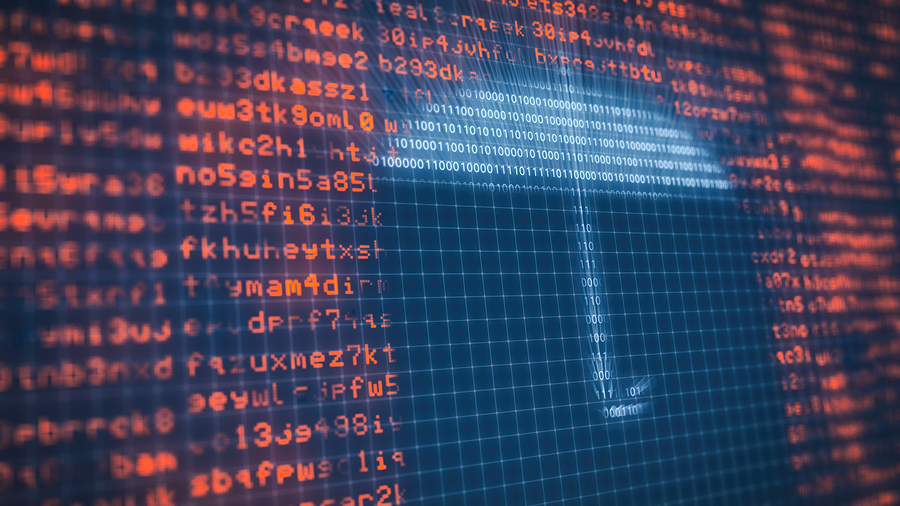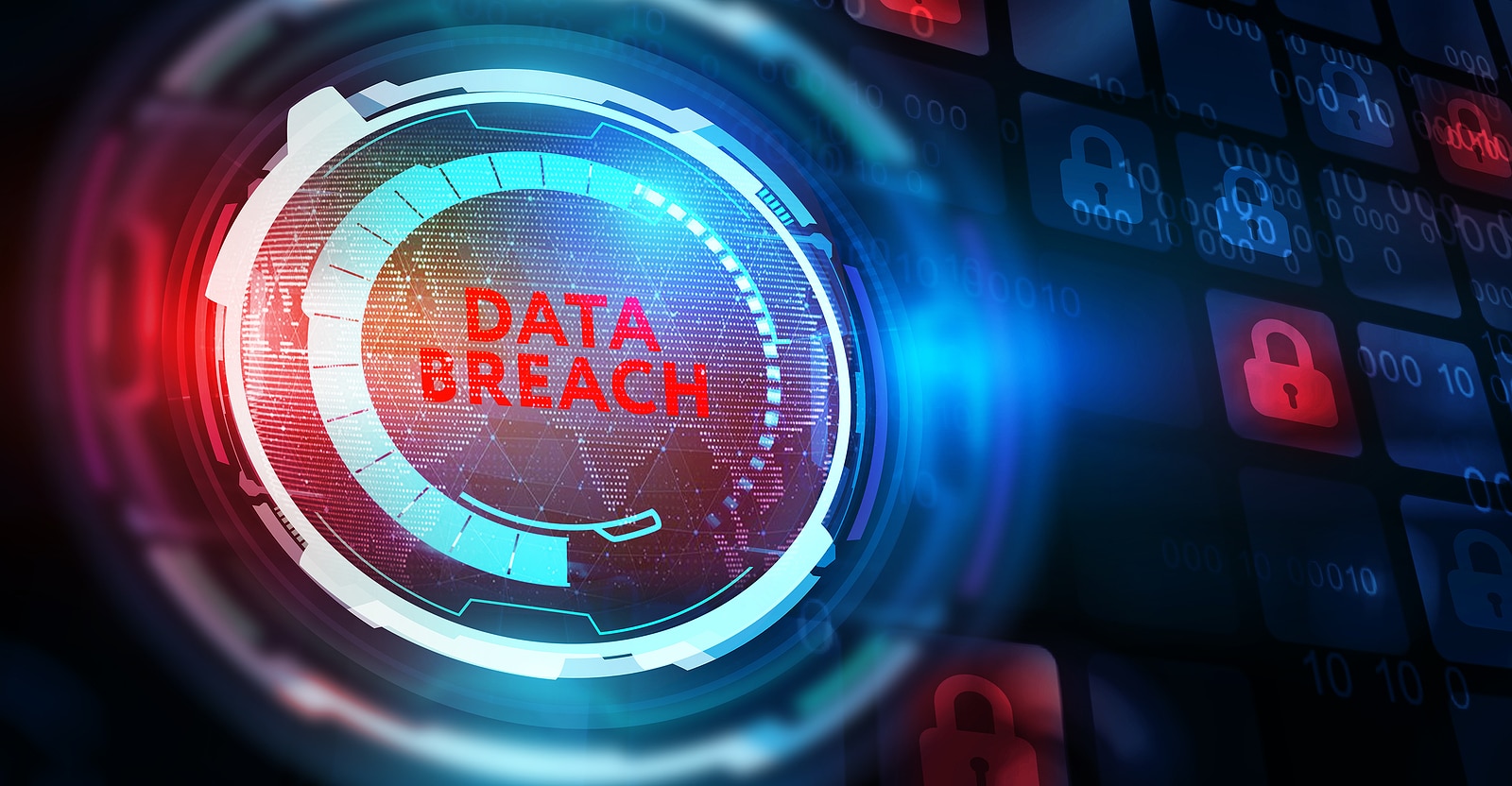Enhancing Cyber Security through Advanced Data Destruction Methods
The Importance of Effective Information Devastation Practices in Safeguarding Sensitive Details and Ensuring Computer System Security
In an age where information breaches are increasingly usual, the value of effective information damage techniques can not be overemphasized. Applying durable information damage techniques not only reduces these risks yet also aligns with lawful compliance needs, making sure that organizations maintain their track record and foster client trust fund.
Recognizing Information Destruction
Recognizing data destruction is crucial in today's electronic landscape, where sensitive info can easily be compromised. Reliable information destruction includes not simply erasing files yet guaranteeing that information is irretrievable through thorough approaches. This process is crucial for companies that deal with confidential customer info, intellectual home, or internal files, as any kind of violation can cause extreme economic and reputational consequences.
Data devastation encompasses different strategies, consisting of shredding physical media, degaussing magnetic storage gadgets, and using software-based options that overwrite data multiple times. Each technique serves a specific objective and should line up with the sensitivity of the info being dealt with. Physical devastation is usually chosen for difficult drives containing very private data, while software application methods may be enough for less sensitive details.
In addition, adhering to sector criteria and regulations, such as the General Data Security Regulation (GDPR) or the Wellness Insurance Mobility and Liability Act (HIPAA), is important for conformity and to mitigate legal threats. Organizations has to establish a durable information destruction policy, train workers on finest techniques, and regularly investigate their treatments to make certain that all sensitive information is disposed of firmly and properly.
Threats of Inadequate Practices
Insufficient data destruction practices expose companies to substantial risks that can have significant consequences. When sensitive information is not correctly taken care of, it remains at risk to unauthorized access, which can bring about information violations and identification burglary. Such incidents not just compromise the safety of people but also taint the company's online reputation, causing a loss of customer depend on and prospective financial consequences.
Moreover, regulatory compliance is significantly rigorous in many sectors. Failure to stick to data destruction regulations can result in hefty penalties and lawful activities versus organizations. These fines can draw away and strain economic sources attention from core company procedures.
In enhancement, the abuse of residual information can result in intellectual residential or commercial property burglary or company reconnaissance, threatening affordable advantages (data destruction). The effect of insufficient information destruction expands past prompt monetary losses; it can additionally result in long-term damages to brand honesty and market setting

Organizations must recognize that information safety and security is not entirely concerning avoiding breaches; it additionally encompasses the accountable monitoring of data throughout its lifecycle. Neglecting efficient data devastation protocols can have catastrophic implications, highlighting the need for robust procedures to alleviate these risks.
Best Practices for Information Destruction
Carrying out efficient information devastation methods is important for protecting delicate information and keeping compliance with governing requirements. Organizations ought to take on a multi-faceted strategy to guarantee that data is irretrievable, consequently avoiding unauthorized accessibility and prospective violations.
First, information ought to be categorized based upon sensitivity, allowing organizations to use suitable damage techniques customized to the degree of risk. For digital data, making use of software-based data-wiping devices that comply with industry criteria can properly overwrite existing data. Physical damage techniques, such as shredding or degaussing, are critical for gadgets that save sensitive details, making sure full removal.
Developing a clear information retention policy is important, outlining how much time various sorts of info need to be preserved before devastation. Regular audits of information storage space systems are additionally needed to determine unnecessary or out-of-date information needing elimination.
Furthermore, training staff members on the value of information destruction and the certain methods to follow fosters a culture of protection within the Home Page organization. Keeping documentation of data damage refines gives accountability and sustains compliance with external laws and interior policies. By adhering to these ideal methods, organizations can significantly mitigate the dangers connected with information exposure.
Legal and Compliance Considerations

Failing to adhere to these regulations can lead to extreme penalties, including considerable fines and reputational damage. Organizations has to implement a durable information damage plan that straightens with these legal frameworks and supplies clear standards on the correct methods of data disposal, whether physical shredding or electronic wiping.
Additionally, keeping documentation of data damage tasks is vital for demonstrating conformity throughout audits or inspections. By focusing browse around this site on legal and compliance considerations, companies can improve their information safety and security position and foster depend on with stakeholders and customers, inevitably contributing to a much more secure information management setting.
Advantages of Effective Data Destruction
Efficient data damage practices expand past mere conformity; they supply considerable advantages to companies that prioritize them. By making certain that delicate information is irretrievably damaged, companies minimize the threat of information breaches and the prospective financial repercussions related to them. This aggressive method not only safeguards against unapproved gain access to however additionally enhances the total trustworthiness of the company in the eyes of customers and stakeholders.
Implementing durable information destruction methods, such as physical devastation of storage devices or advanced information wiping techniques, adds to the conditioning of an organization's cybersecurity stance. data destruction. It minimizes the probability of copyright burglary and safeguards exclusive info, consequently maintaining an affordable edge on the market

Verdict
In final thought, efficient data destruction techniques are crucial for securing sensitive details and boosting general computer safety and security. Ultimately, a dedication to durable data devastation methods fosters a society of obligation, thus strengthening a company's cybersecurity position and maintaining customer count on.
